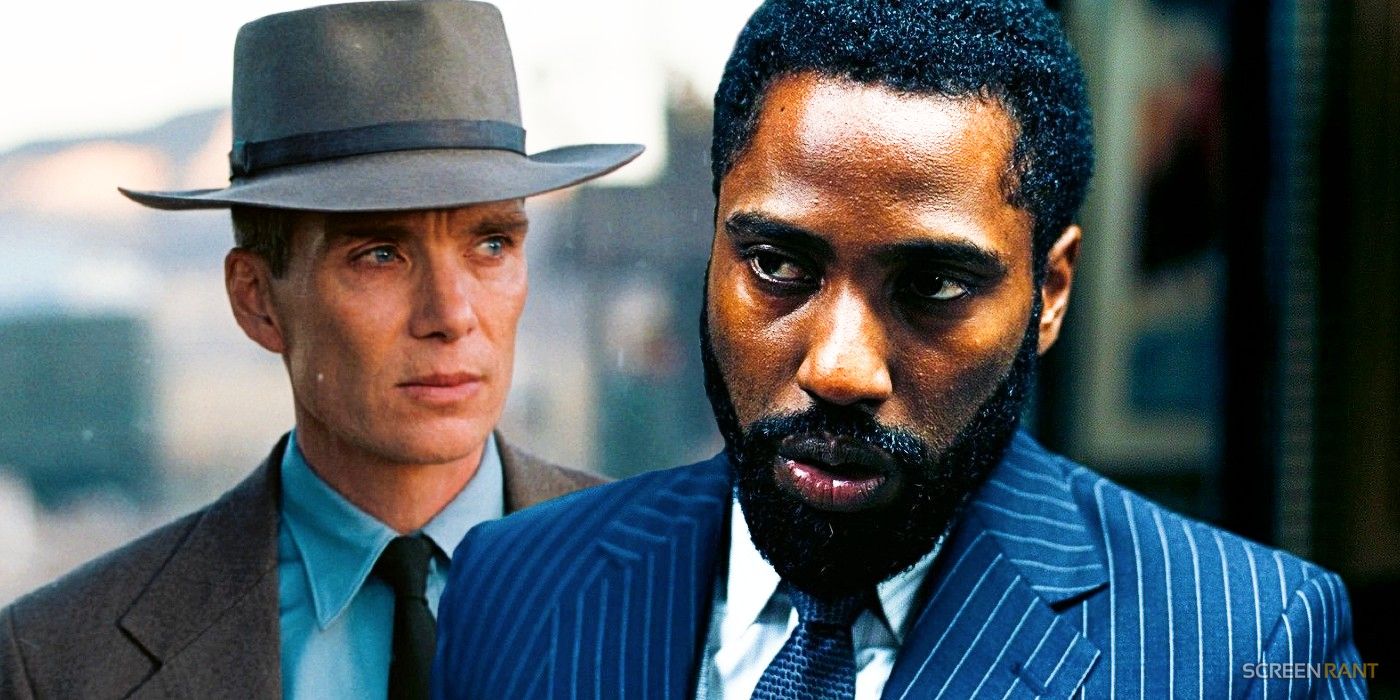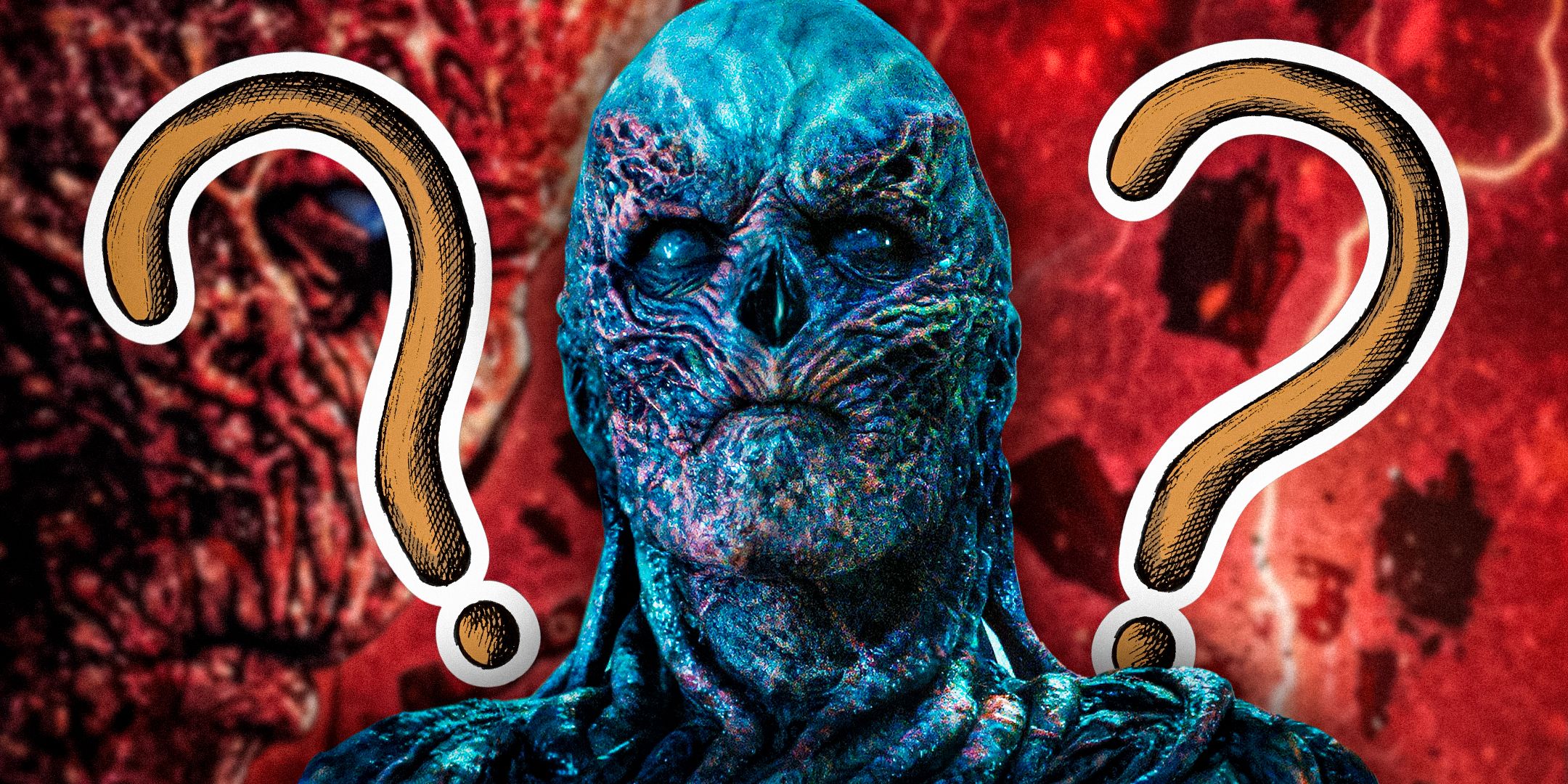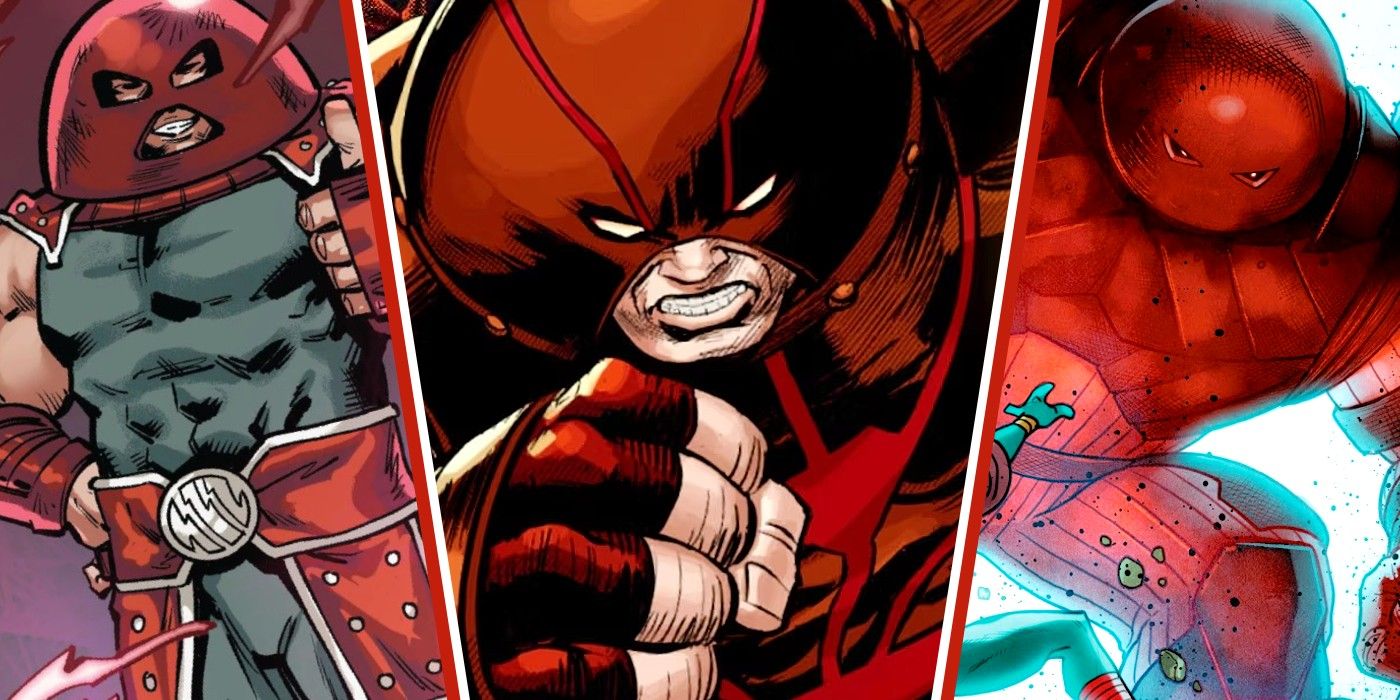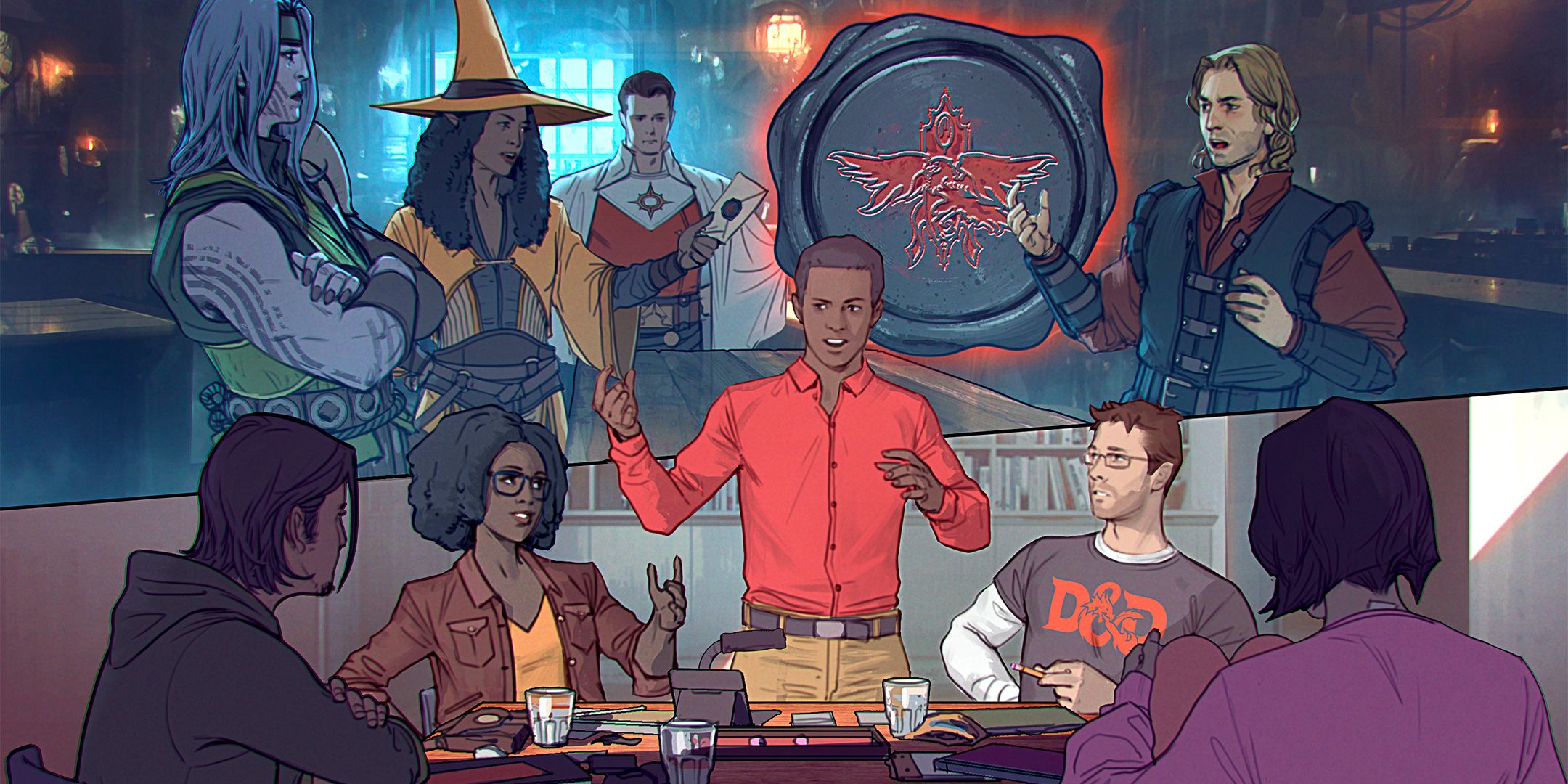Some VFX artists aren’t entirely impressed by the special effects in Oppenheimer. Christopher Nolan’s latest movie is a bibliographical drama that follows J. Robert Oppenheimer as he helps to develop the world’s first nuclear bomb. During the Trinity test, he launches the first bomb, and the resulting explosion is accompanied by complete silence. Nolan elected to rely on practical effects to depict the explosion.
Featuring a nuclear explosion without CGI would always be a challenge, but some VFX artists don’t think that Nolan did a particularly effective job. Corridor Crew VFX artists Sam Gorski and Wren Weichman commented on the explosion. While replaying the effect, both commented about how it looked like a typical fireball fueled by gasoline, rather than anything that would result from a real atomic bomb. Check out the video and their quotes below:
SAM GORSKI: This is janky as f*ck. Sorry, this is so janky… It doesn’t look like a nuke going off, that’s the thing. It looks like a sweet ‘80s action explosion. Remember that tanker that blew up in whatever that movie was. Blown Away? Amazing. In almost every other context, I would say ‘this is amazing, and we need more of this in movies’, but I’m just saying… Like, right now, that’s what I’m seeing. I’m seeing a non-destructive, non-concussive Hollywood gasoline fireball. I’m, like, a second out from the moment when all that gasoline vapor is done igniting. I see it lose momentum.
WREN WEICHMAN: I get that he didn’t want to have a giant CG nuclear explosion in this, but you can’t go the exact opposite direction, where it just looks like a 30-foot gas explosion, and expect us to buy that it’s a nuke. See all those little hot sparks flying around? There are no sparks like that in an actual nuclear fireball, because what are those sparks? They’re material that are being flung out at a super high speed and are burning as they go outwards. Nukes don’t really do that. The lines you see from that are the wires from the tower actually igniting and ionizing the air. The problem is scale. It’s all scale at the end of the day. What makes a nuclear explosion so iconically destructive is that it’s a huge scale explosion! You have all the different tiny ripples on the edges of it that appear tiny because the fireball itself is so huge, so if you try to just do a small explosion, it just doesn’t look like a nuke, because it doesn’t have the correct scaling properties.
The VFX Challenges Of Oppenheimer

Electing to depict the nuclear explosion without the use of CGI was an added challenge for the Oppenheimer VFX team. Because civilians do not and should not have access to nuclear weapons, Nolan had no way to depict a real explosion. If he depicted a real-world nuclear test with military help, he would be in violation of the Partial Nuclear Test Ban Treaty, the US unilateral testing moratorium, and the Comprehensive Nuclear Test Ban Treaty. Realistically, any practical effects would need to rely on fireballs, rather than actual nuclear bursts.

Christopher Nolan Making Tenet 2 As His Oppenheimer Follow-Up Is Looking More Likely
Tenet 2 has yet to be officially announced, but recent developments make it being Christopher Nolan’s Oppenheimer follow-up look more likely.
Any non-CGI nuclear explosion would inevitably have serious flaws. Different explosions produce different results, which CGI can disguise. There was no chance for the studio to use computer-generated effects, however. Nolan rarely uses CGI, leaving few options except a bomb that could launch a gasoline-fed fireball. As a consequence, the explosion was much smaller than the original Trinity test bomb and looked nothing like the real test.
Careful editing tricked audiences into believing that the effect actually looked like a real nuclear blast. After all, the forced perspective and the chemically-fed mushroom cloud each appear to look like old black-and-white footage of an atomic explosion. The reality is, however, that Oppenheimer‘s lack of any CGI meant that the movie could not show off the reality of the Trinity test.




